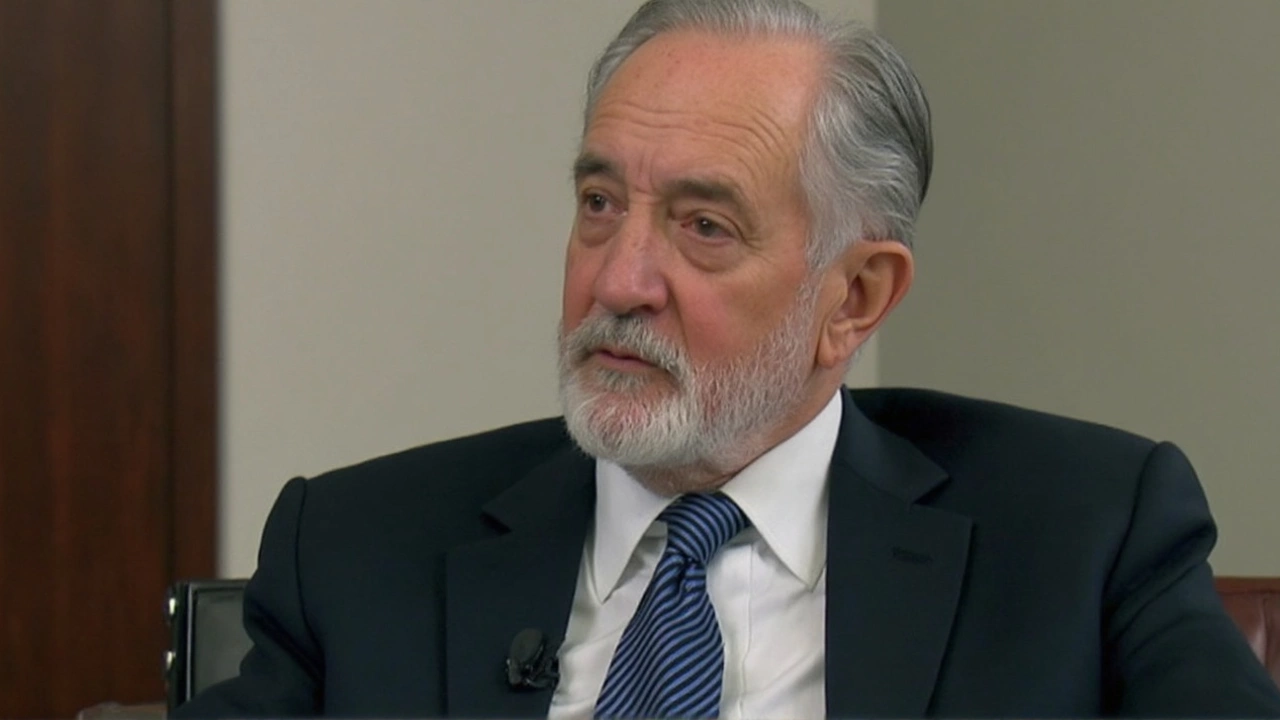Palestinian State: What It Is and Why It Matters
When you hear the term "Palestinian state," you’re hearing a story that’s been unfolding for more than a century. It’s about a people fighting for a recognized home, about borders that shift on maps, and about politics that ripple across the globe. In plain language, the Palestinian state refers to the territory and government that Palestinians claim as their own, mainly the West Bank and Gaza Strip, with East Jerusalem as the capital.
Key milestones in the push for statehood
The modern push started in 1917 with the Balfour Declaration, which promised a "national home" for Jews in Palestine while also saying the rights of non‑Jewish communities shouldn’t be harmed. Fast forward to 1947, the UN voted for a two‑state solution, splitting the land into a Jewish and an Arab state. The Arab side rejected the plan, leading to the 1948 war and the creation of Israel. Hundreds of thousands of Palestinians became refugees, a core issue that still fuels the debate.
In 1967, Israel captured the West Bank, Gaza and East Jerusalem during the Six‑Day War. That’s why many international bodies still talk about the “occupied territories.” The Palestine Liberation Organization (PLO) emerged as the main representative of Palestinians, and in 1988 it unilaterally declared an independent state based on the 1967 borders. While that declaration didn’t instantly create a country, it gave the Palestinian cause a clear political identity.
Where does the world stand today?
Recognition is a mixed bag. Over 130 UN member states recognize Palestine as a sovereign state, and the UN General Assembly granted it non‑member observer status in 2012. However, major powers like the United States and several European nations haven’t extended full diplomatic recognition, largely because they tie statehood to peace talks with Israel.
The situation on the ground remains fragile. Gaza is governed by Hamas, a group deemed terrorist by many countries, while the West Bank is under the Palestinian Authority, which has limited self‑rule. Israel controls most border crossings, airspace, and movement within the territories, making daily life unpredictable for Palestinians.
Economically, the Palestinian territories face high unemployment, especially in Gaza where the blockade has crippled industry. International aid cushions some of the pressure, but it’s far from a long‑term solution. The recurring cycles of conflict also keep infrastructure in a constant state of repair, affecting water, electricity, and health services.
For anyone trying to understand the Palestinian state, it helps to focus on three practical things: the borders most countries refer to (the 1967 lines), the political split between Hamas and the Palestinian Authority, and the ongoing negotiations that swing between hope and stalemate. If you’re following the news, watch the UN votes, the EU’s diplomatic statements, and any peace proposals that surface.
Ultimately, the quest for a recognized Palestinian state is about more than maps; it’s about identity, security, and a future that many hope will finally settle a conflict that’s lasted generations. Whether you’re a student, a traveler, or just curious, knowing the basics gives you a clearer picture of why this issue stays in headlines worldwide.
Stay tuned to reliable sources for updates, because the story of the Palestinian state is still being written every day.

US Drops Support for Palestinian Statehood, Says Ambassador—A Landmark Shift in Middle East Policy
US Ambassador Mike Huckabee said that an independent Palestinian state is no longer a key US goal, opening a new chapter in US Middle East policy. He suggested Palestinian statehood could require land from other Muslim-majority countries instead, sparking criticism and raising questions about the future of the two-state solution.
View more